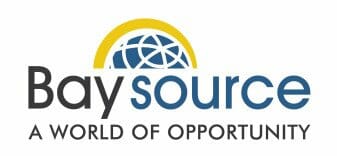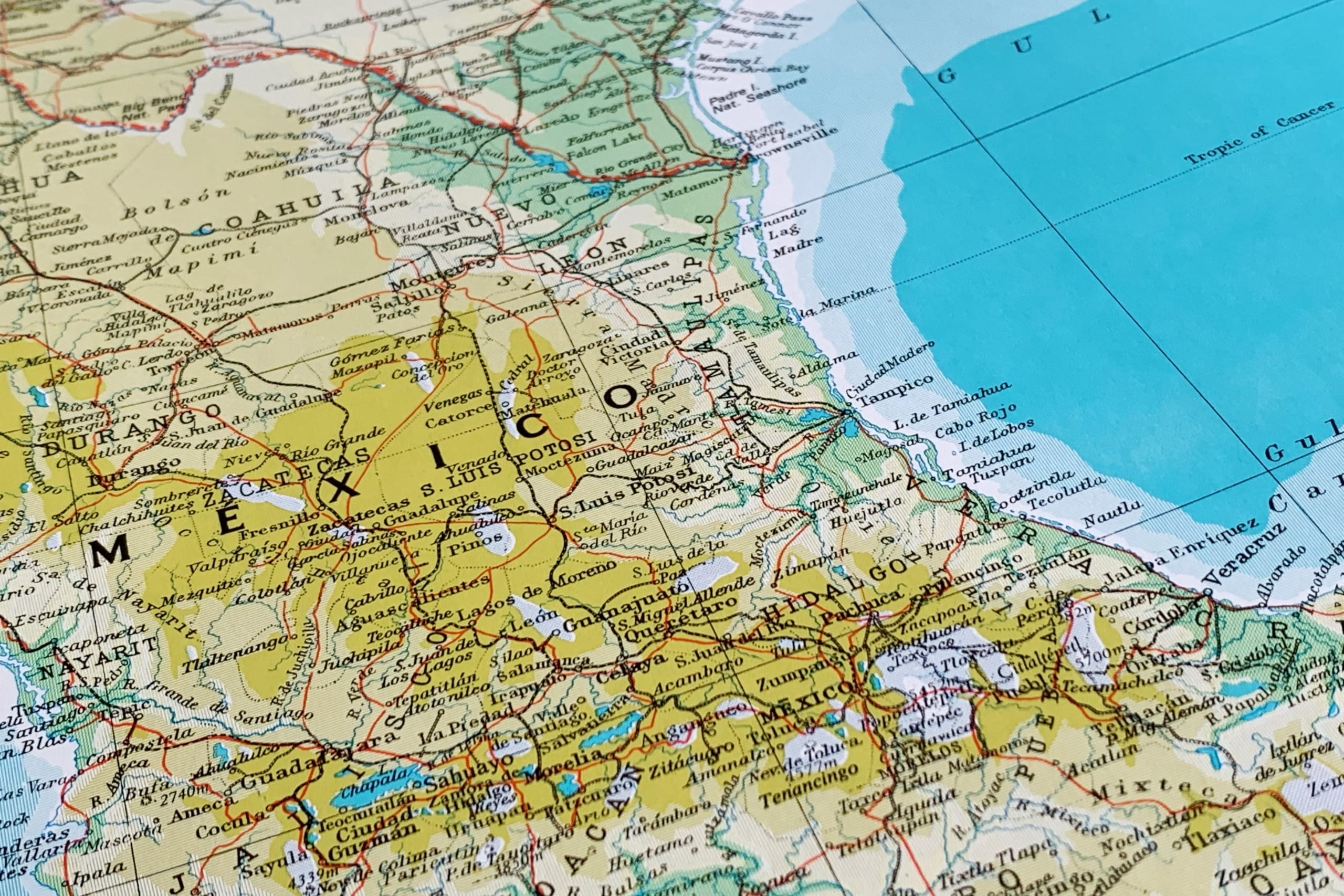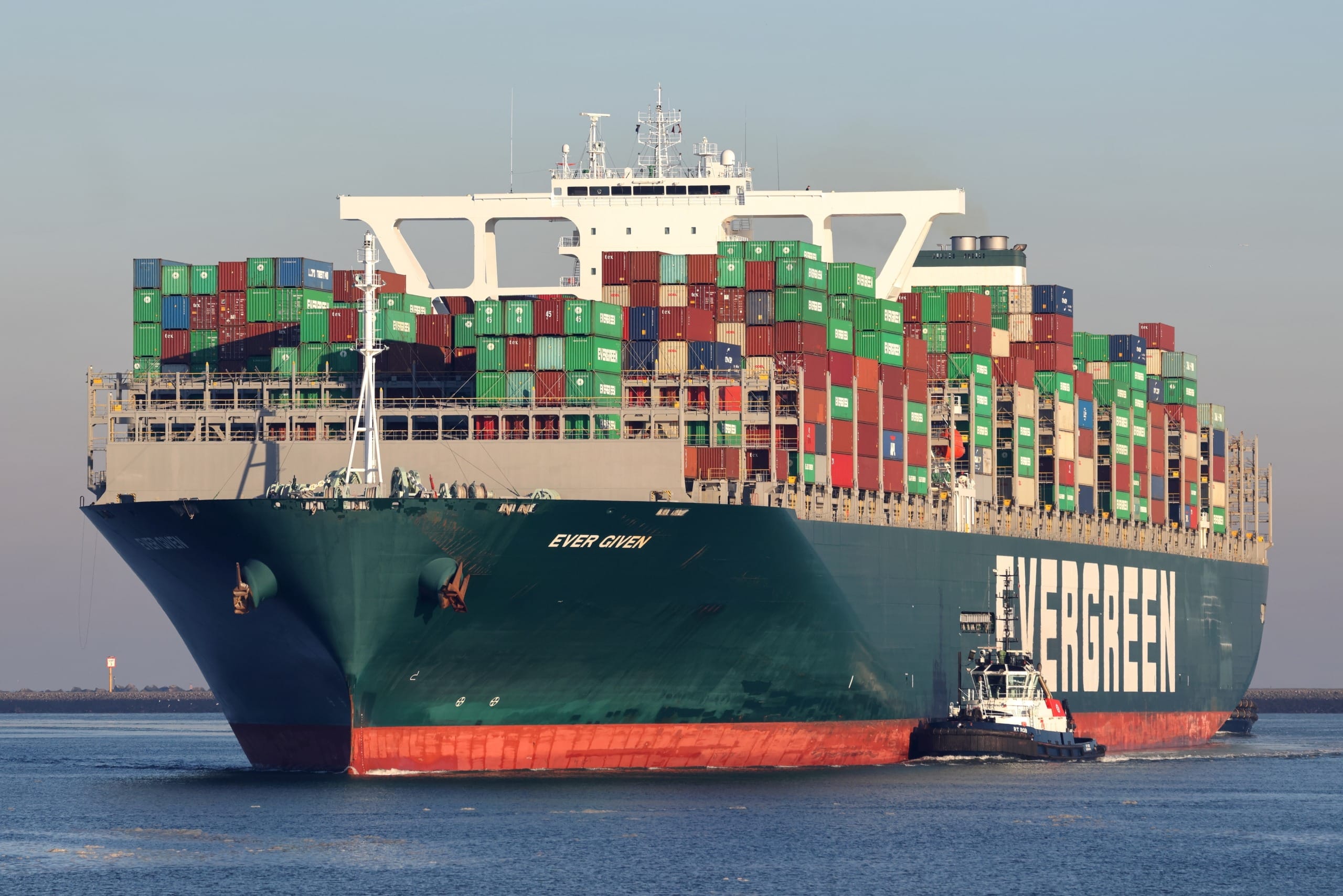Last fall I visited a state of the art precision die cast factory in Southern China. By my estimate they do a turnover of ~USD$400MM. This facility had two very sophisticated machines that were designed and manufactured by the Japanese and could essentially be used for highly technical military products although they were simply utilizing these for their advanced automation in making automotive (carburetor) parts. After a long lunch, the owner took us to their R&D building where they had something they wanted us to see. It was…a turkey fryer. That’s right. They had devised a turkey fryer that uses 80% less oil than deep frying. Already they had complete prototypes for cooking French fries.
You may be wondering where this story is headed. I had to admit I was a bit taken back by this “top secret” invention they whetted our curiosity over during our meal. But in their thorough marketing analysis, they had deduced there was no similar Western device yet on the market. It just so happened to be November and thus the American Thanksgiving holiday was just around the corner. This factory had a business plan in place, knew their total market universe in the U.S. of those who deep fried turkeys vs. oven, and even recognized this was a stronger activity in the South. In fact, they had determined that their distribution channel likely needed to begin with HSN or QVC and migrate into traditional retail.
What they didn’t have is a contact in the U.S. to assist with the launch nor did they know anyone who could introduce them into this market. They explained they were missing a key intermediary who could introduce this new product to a leading cookware company, someone familiar with infomercials, or a firm that could handle direct sales and distribution. If so, they believed annualized sales could reach USD$50-100MM. Have you seen this product on the market yet?
Sure there are low value added jobs that have gone offshore. And by the way, we haven’t stopped manufacturing in Central and South America and Eastern Europe. But there is an interdependency between China and the U.S. that can’t be ignored. There is also a huge market in China for our goods and services. Take the story of Dais Analytic whose desalination and wastewater technology will add up to 1,000 jobs in Tampa, FL over the next five years. Just this week, Warren Buffet’s Berkshire unit purchased Burlington Northern Santa Fe which is a huge bet on increased trade with China. And as a growing consumer market, the number of millionaires in China is 825,000 and growing, many under 40 years of age.
If you take this story out of the realm of turkey fryers, the Chinese are innovating every day but will rely on marketing expertise here to be successful. Likewise, there are Western companies who require cutting edge innovation and new product development to maintain and gain market share. Possibly this could lead to Eastern entities establishing beachheads in the U.S. The typical hurdle rates that private equity and investment banking firms require to do deals may be cast aside by Chinese courtiers who seek a foothold in the U.S. to incorporate their intellectual property, low cost labor structure and “can-do” spirit with U.S. brands.
It is truly a global landscape yet we seem to be protectionist by default. If we start embracing opportunities as a global “community” vs. simply a global business landscape, we have the chance to merge our creativity and assets to serve one another.
David Alexander is President of BaySource Global, specializing in project management, supply chain and cross border opportunities with China. www.baysourceglobal.com



Follow Us